Menstruation is a natural and normal process that occurs in the female reproductive system. During this time, many women experience a range of physical and emotional symptoms. It is often believed that exercise during periods can worsen these symptoms, but is this really true?
However, recent research suggests that staying physically active during menstruation can have numerous benefits for women’s overall well-being. The menstrual cycle affects female hormones, which can have an impact on energy levels and exercise performance. In this blog post, we will explore the topic of exercising during periods, the potential benefits, and some tips for staying active during this time!
Key Takeaways:
- Physical activity during periods can help alleviate menstrual cramps, bloating, and mood swings.
- Exercise can also improve energy levels, reduce stress and anxiety, and boost endorphins.
- For painful periods, low-impact activities like yoga, swimming, or walking may be more comfortable.
- It is important to listen to your body’s needs and modify your exercise routine accordingly during menstruation.
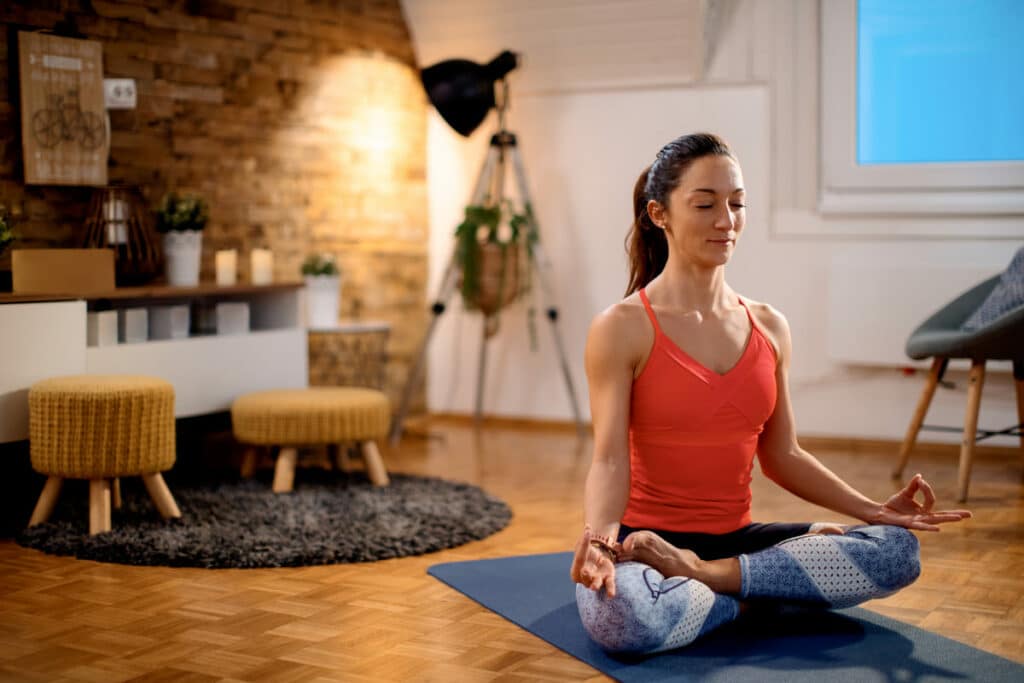
In This Article
Is it Ok to do exercise during Periods?
Yes, it is totally safe and beneficial to exercise during periods! In fact, regular physical activity during this time can help ease period symptoms such as cramps, bloating, and mood swings. Exercise increases blood flow to the pelvic region, which can relieve tension in the muscles and reduce discomfort.
Moreover, menstrual pain is often caused by prostaglandins, which are hormone-like substances that can cause inflammation and pain. Exercise triggers the release of endorphins, which are natural painkillers that can counteract the effects of prostaglandins.
Although regular menstrual cycle pain is common, severe cramps may indicate underlying health issues. If you experience intense period pain that interferes with your daily life, consult a healthcare professional.
Benefits of exercising during periods
In addition to relieving menstrual symptoms, exercising during periods can have many other benefits for women’s physical and mental well-being. Here are some potential advantages:
- Improved Energy Levels: During periods, a drop in estrogen levels can cause fatigue and low energy. Exercise can increase blood flow and oxygen to the muscles, which can help boost energy levels and reduce feelings of tiredness.
- Reduced Stress and Anxiety: Hormonal changes during menstruation can also lead to mood swings, irritability, and anxiety. Physical activity triggers the release of endorphins, which are feel-good hormones that can improve mood and reduce stress and anxiety.
- Boosted Endorphins: As mentioned earlier, exercise can increase the production of endorphins. These natural painkillers not only help with menstrual cramps but can also create a sense of well-being and happiness.
- Better Sleep: Many women experience difficulty sleeping during their periods due to hormonal fluctuations and physical discomfort. Exercise can help regulate the body’s circadian rhythm, leading to better sleep quality.
- Improved blood circulation: Exercise can improve blood circulation, which is essential for overall health. During combat painful periods, yoga and stretching exercises can help relieve tension in the pelvic region and improve blood flow to alleviate discomfort.
- Decrease PMS symptoms: Premenstrual syndrome (PMS) can cause bloating, mood swings, and other unpleasant symptoms. Regular exercise has been shown to reduce the severity of PMS symptoms and improve overall well-being.
- Decrease inflammation: Studies have shown that exercise can help reduce inflammation levels in the body. This is particularly helpful for women with conditions like endometriosis, where chronic inflammation can cause period pain and discomfort.
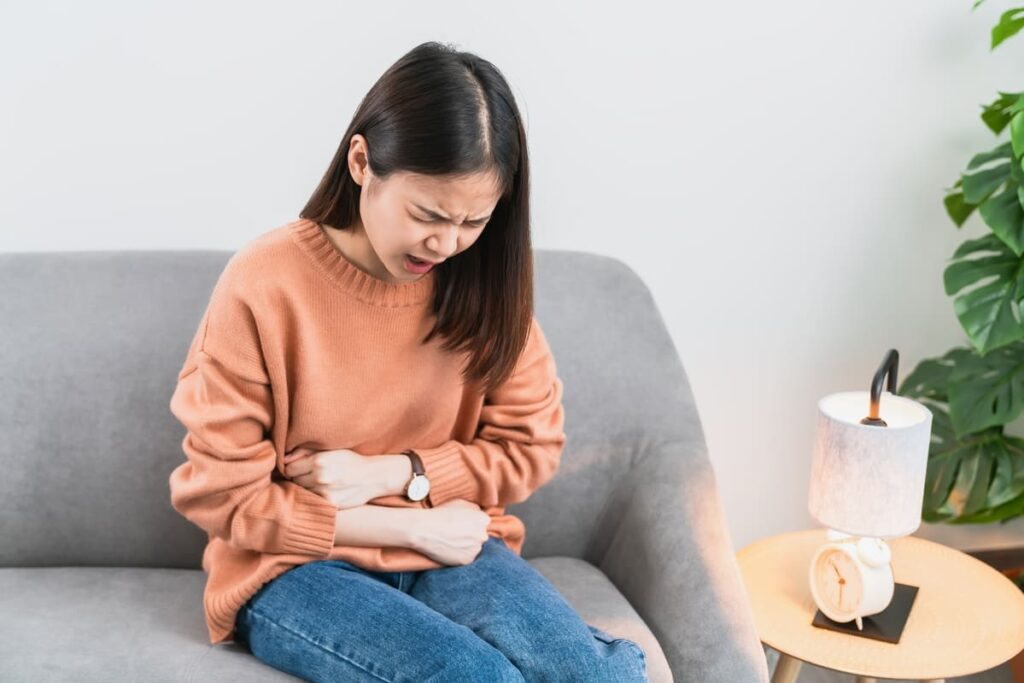
Types of exercises suitable for menstruation
The type of exercise you choose to do during your period may depend on the severity of your symptoms. For those with mild to moderate discomfort, low-impact activities can be a great option.
On the other hand, if you experience severe cramps or heavy bleeding, it may be best to stick with gentle exercises that do not put too much stress on your body. Some recommended exercises during periods include:
- Regular aerobic exercise: This includes activities such as walking, cycling, swimming, or dancing. These types of exercises can reduce menstrual pain and improve mood.
- Yoga exercises: Certain yoga poses can help alleviate cramps, bloating, and back pain associated with menstruation. Gentle breathing exercises and relaxation techniques can also help reduce stress and tension.
- Light cardio exercises: Light cardio workouts, such as jogging or using an elliptical machine, can help improve blood flow and reduce cramps.
- Strength training: Low-intensity strength training can be done during your period to help maintain muscle mass and overall strength. This can include bodyweight exercises, resistance band training, or light weightlifting.
- Pilates: Similar to yoga exercise, Pilates can help improve core strength and alleviate period-related discomfort.
- Low-volume strength training: If you experience fatigue during your period, low-volume strength training can be a great option. This may include fewer repetitions or sets with longer rest periods.
- Stretching exercises: Gentle stretching can help relieve muscle tension and stiffness, which may be heightened during menstruation.
Exercises to avoid on your period
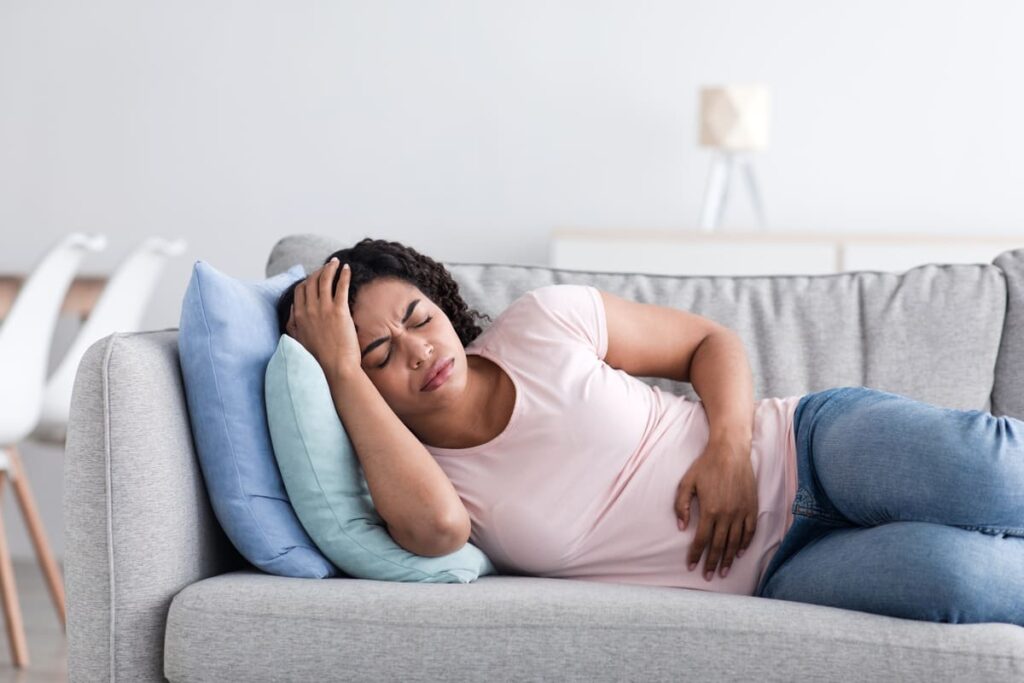
While exercising during your period can have many benefits, there are some types of exercises that may not be suitable and could worsen your symptoms. These exercises include:
- High-intensity exercises: Generally, primary dysmenorrhea (menstrual cramps without a known underlying cause) can be worsened by high-intensity exercises. It’s best to avoid activities like sprinting, heavy weightlifting, or extreme sports during this time.
- Exercises that put pressure on your abdomen: Avoid any exercise that requires you to lie on your stomach or puts pressure on your abdomen, such as crunches or planks. This can exacerbate cramps and discomfort.
- Intense stretching: While gentle stretching can be beneficial, intense stretches that require deep bending or twisting should be avoided as they may aggravate symptoms.
- Exercises in extreme temperatures: During your period, your body is already working hard to regulate its temperature. If your fitness routine involves exercising in hot or cold environments, it may be best to take a break during your period.
- Heavy lifting: For those with heavy bleeding or severe cramps, it’s important to avoid any exercises that involve heavy lifting or straining. This can put extra pressure on the pelvic area and worsen symptoms.
- Contact sports: While light contact activities may be fine, high-contact sports such as soccer or basketball should be avoided during menstruation to reduce the risk of injury and discomfort.
Tips to maintain proper hydration and nutrition during periods
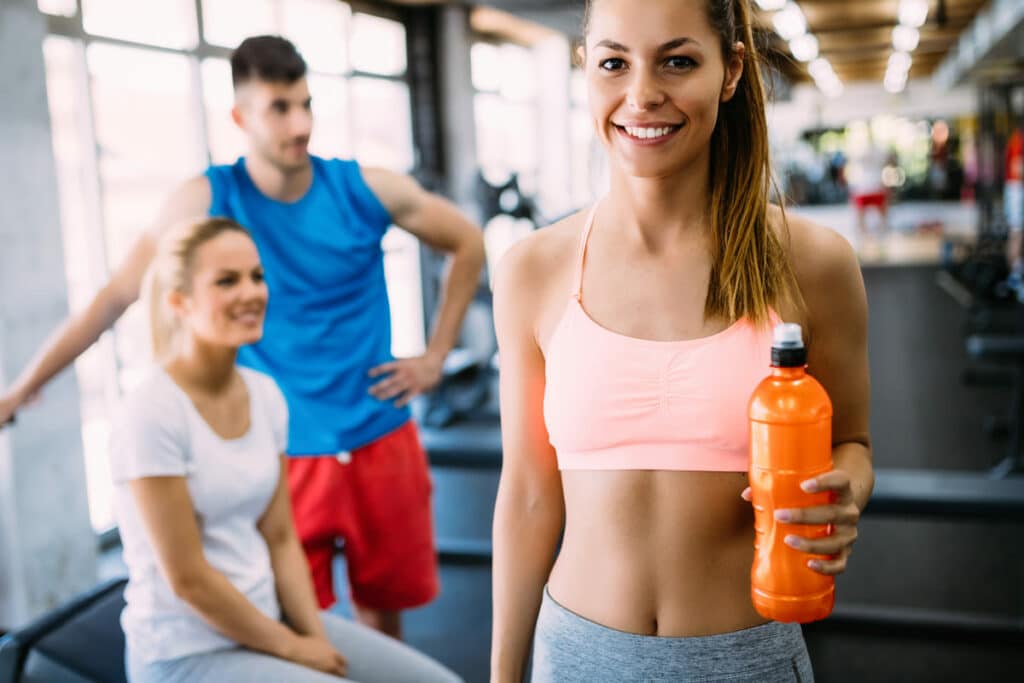
During menstruation, it’s essential to stay hydrated and maintain a balanced diet. Here are some tips to help you during this time:
- Always carry a water bottle with you and make sure to drink enough water throughout the day.
- Eat a variety of fruits and vegetables to get essential vitamins and minerals.
- Include foods rich in iron, such as leafy greens, legumes, and red meat, to combat the loss of blood during menstruation.
- Try incorporating magnesium-rich foods like spinach, nuts, and avocados into your diet to help reduce cramping.
- Avoid consuming excessive amounts of caffeine, alcohol, and salty foods as they can worsen bloating and water retention.
- Consider taking a daily multivitamin to ensure you are getting all the necessary nutrients your body needs during this time.
- Don’t forget to listen to your body’s cravings and indulge in healthy snacks like dark chocolate or nuts if you feel like it.
- Incorporate foods high in omega-3 fatty acids, such as salmon and chia seeds, to help reduce inflammation and ease menstrual cramps.
- Keep track of your water intake and aim for at least 8 glasses a day.
- Remember to stay hydrated even if you experience heavy bleeding or nausea during your period.
- If you struggle with severe symptoms like nausea, vomiting, or diarrhea during your period, consult a doctor for proper medical advice and treatment.
The Bottom Line
To sum it up, exercising during your period can have numerous benefits for both physical and mental well-being. However, it’s essential to listen to your body and avoid activities that may worsen symptoms. Remember to stay hydrated and maintain a balanced diet during this time for optimal health and comfort. If you experience severe or persistent pain during your period, consult a healthcare professional for further guidance!

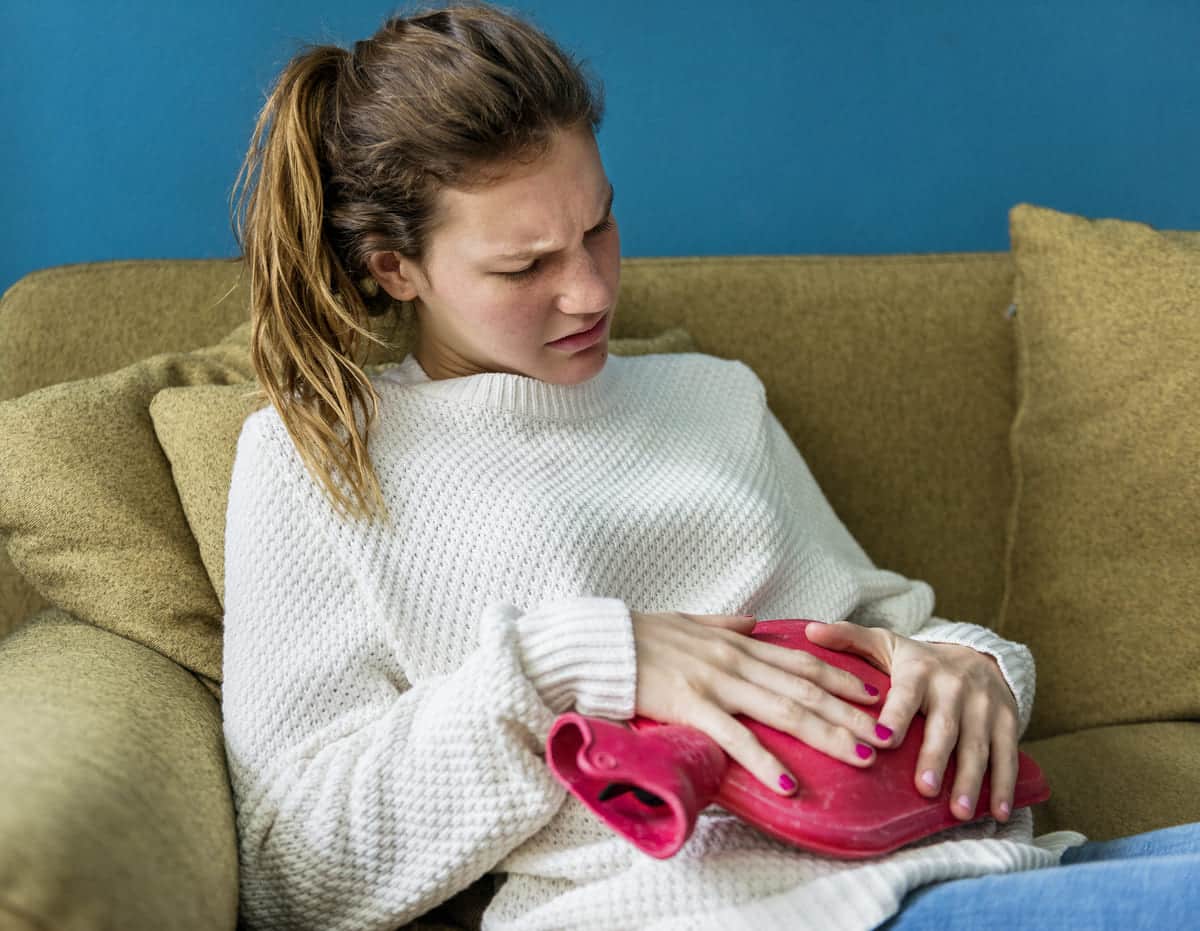

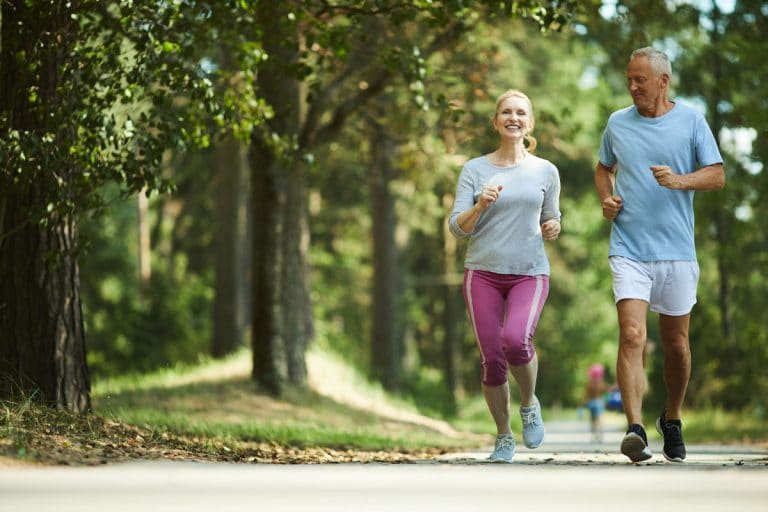
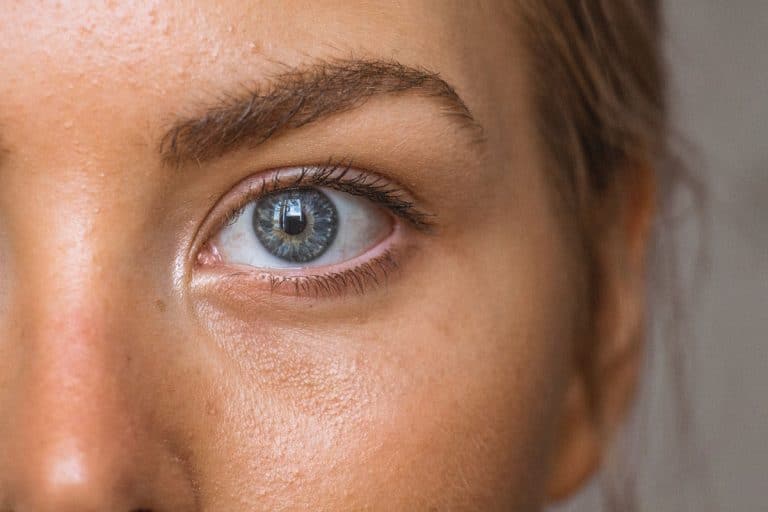
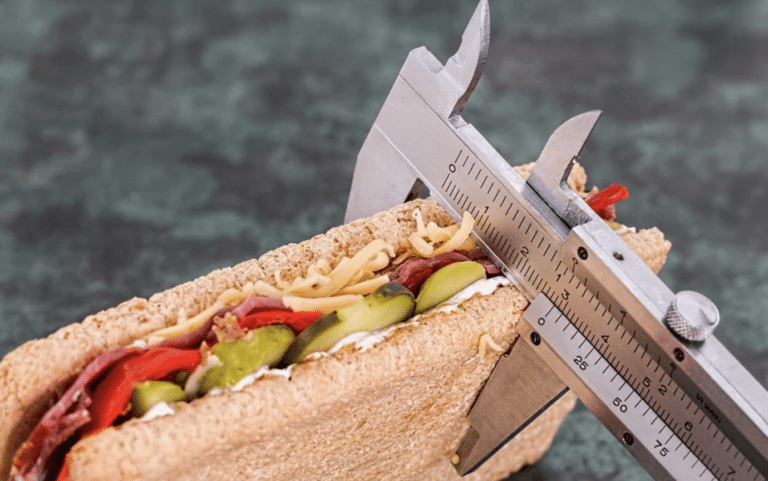




![Home Renovation Guide [2025]](/app/uploads/2021/04/design-hacks-1-378x300.jpg)
